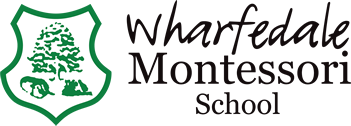In Montessori Primary education, the second plane of development is the period from, approximately, six to twelve years. The developmental focus of this period is intellectual independence, alongside the development of social responsibility and ethics. During this stage children use reasoning, abstract thought and imagination to explore and develop their understanding of the world. Children are given the freedom to learn through their own activity and exploration, and, in doing so, become increasingly independent. The curriculum aims to develop the qualities of self-confidence, self-direction, self-discipline and persistence, alongside the ability to concentrate, to move with coordination, to interact with others with grace and courtesy and to take responsibility for the order of the environment and for their own learning. One of our core aims in our Montessori primary is to help children to develop into responsible citizens of the world.
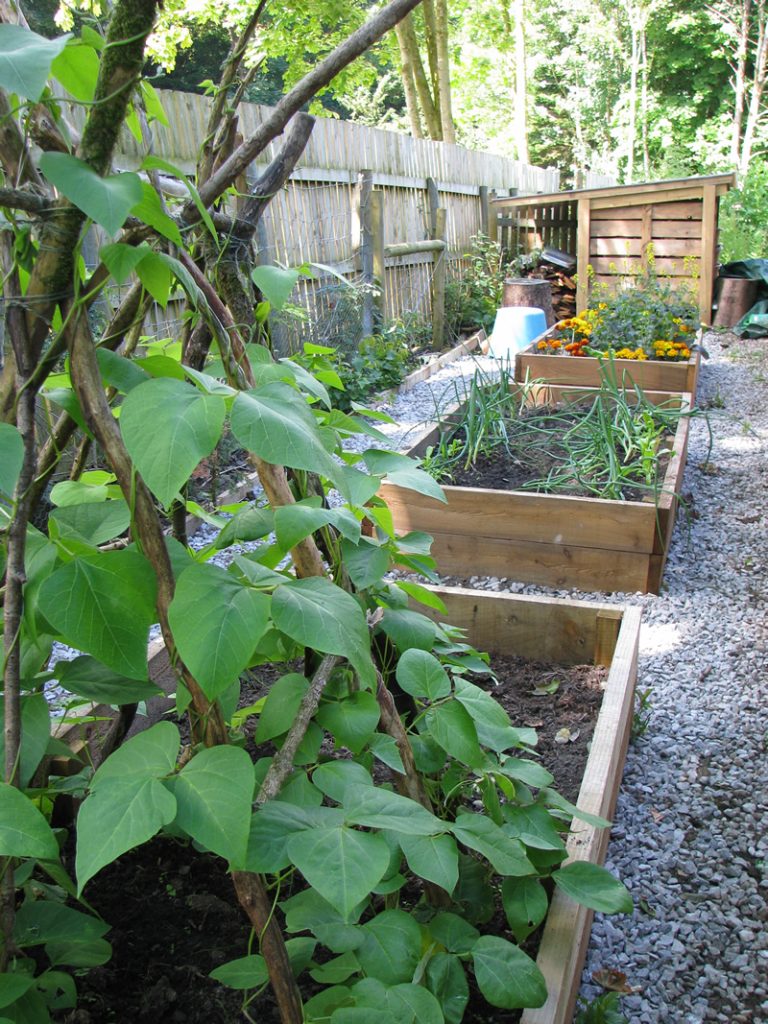
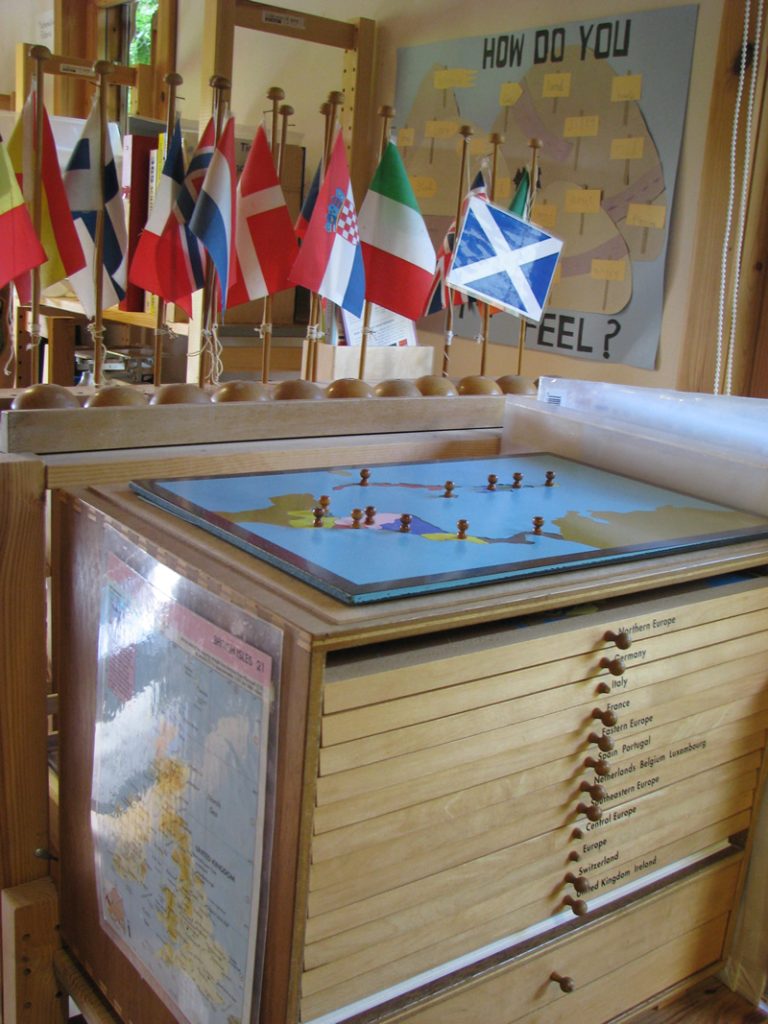
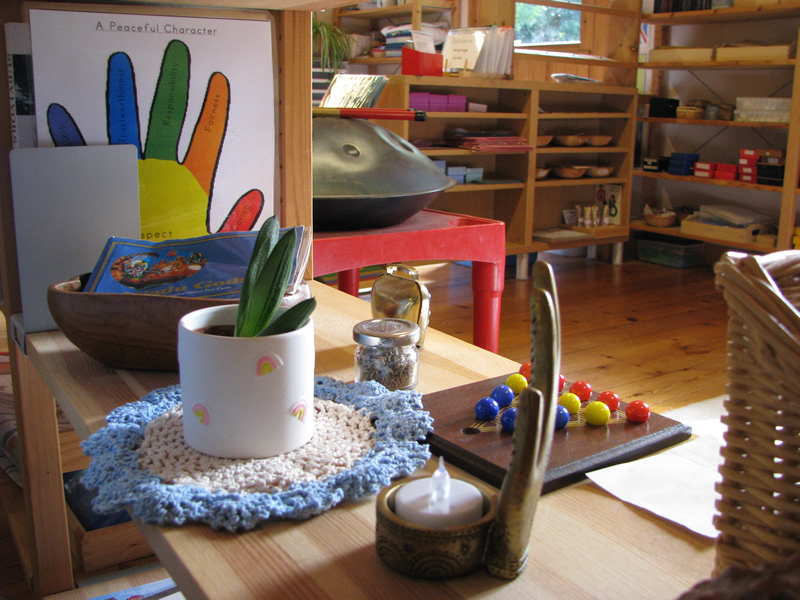
Montessori Curriculum Areas
The Primary curriculum offered in the Montessori environment is called, by Montessori educators, Cosmic Education. This curriculum presents children with a full range of educational disciplines, including mathematics and language, as well as the arts, sciences and social sciences. The educational disciplines, however, are not presented to children as discrete areas in defined blocks of time, but in the form of an interconnected, and open-ended discovery curriculum. The interconnections between the disciplines happen at different points of time and in different ways for different children. In this way, the curriculum is experienced as a coherent whole, individualised to each child’s interests.
The Cosmic Education curriculum begins with the great lessons. Montessori observed that children in the second plane of development ask questions about the universe, the earth, life that has evolved on earth, and their place in this universe. In response to their questions she developed five great stories, or great lessons,
- the formation of the universe, the solar system and the earth
- the evolution of life on earth
- the coming of human beings to the earth
- communication through signs, in particular the alphabet
- development of numbers
These lessons become the framework for all subsequent lessons and activities, ensuring the coherence of the curriculum. The environment is designed to provide children with space and uninterrupted time to follow these interests.
An example of this in action is, following the great lesson on the development of communication through signs, one child chose to bring ‘beach rocks’ from home to grind them down to make ink pigments, another child developed their own hieroglyphs to communicate with their friends and a small group of older children researched Sumerian cuneiform. In a mixed age classroom, children’s interests are often infectious and in this way the majority of the children also explored the paper making process and produced their own recycled paper.
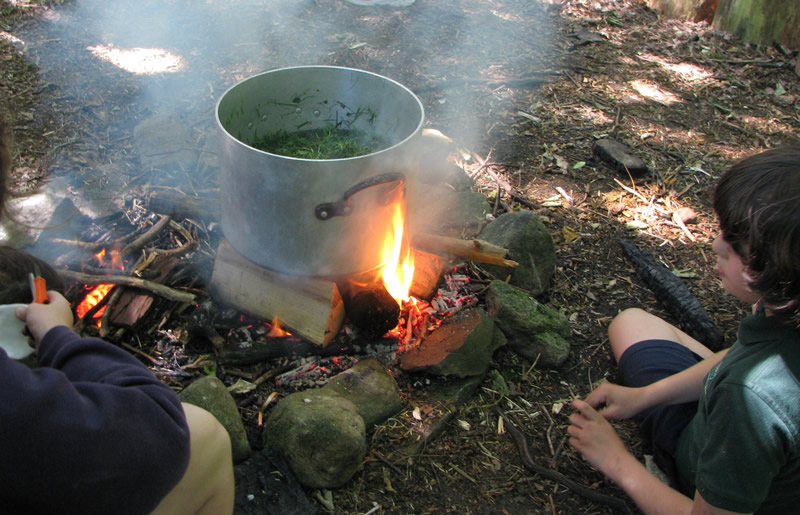
National Curriculum
We provide a broad and balanced curriculum encompassing all National Curriculum subjects. French and Sport are taught weekly by peripatetic teachers. RSE and PSHE are explicitly taught as part of the weekly group activities throughout the School.
The environment is a nurturing one with the aim to promote confidence and self esteem in every child. When the time comes, each and every child will then feel ready to take the next steps.
